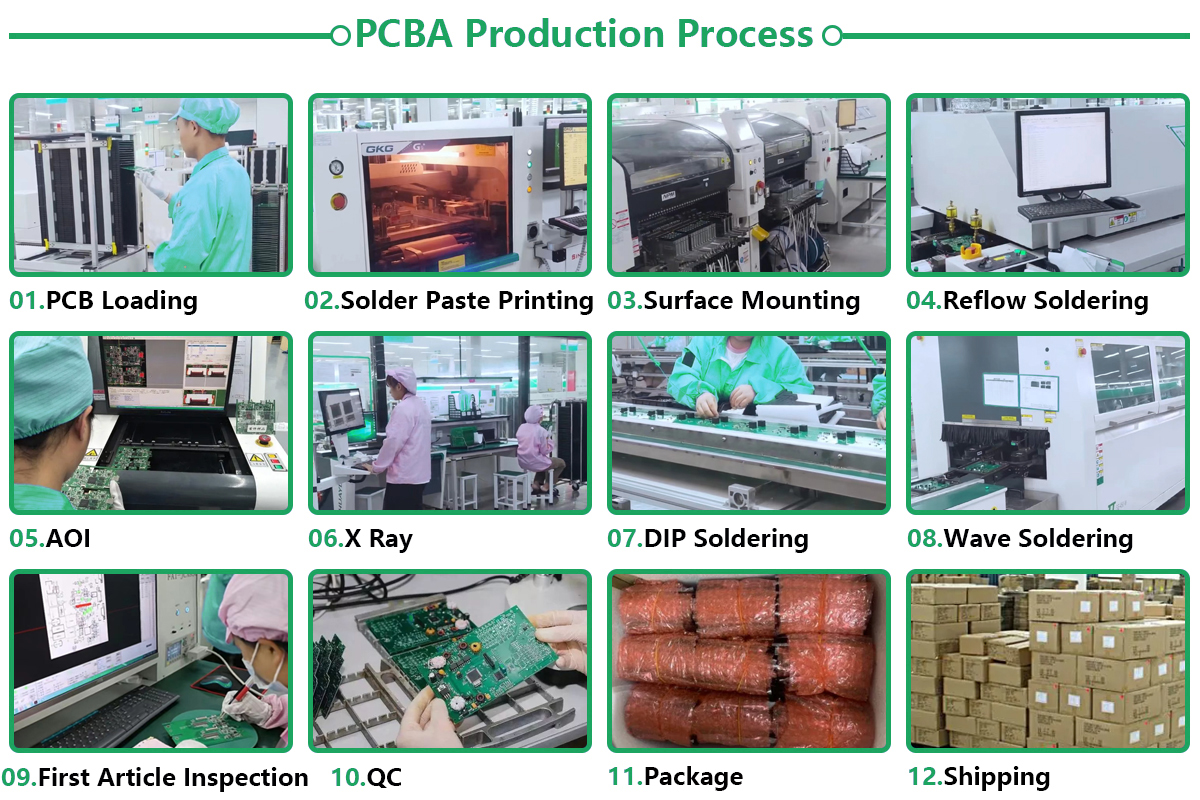The complete process of PCBA (Printed Circuit Board Assembly) surface mounting is as follows:
I. PCB Preparation
1.Inspect the PCB: Check for any defects such as scratches, warping, or missing pads.
2.Clean the PCB: Remove any dust, dirt, or contaminants using a suitable cleaning agent.
II. Component Preparation
1.Receive and inspect components: Check the incoming components for correct part numbers, quantities, and packaging.
2.Bake components if necessary: Some moisture-sensitive components may need to be baked to remove moisture before assembly.
3.Tape and reel components: Components are often supplied in tape and reel packaging for automated placement.
III. Solder Paste Application
1.Print solder paste: Using a stencil printer, solder paste is applied to the pads on the PCB. The stencil is aligned with the PCB, and a squeegee forces the solder paste through the openings in the stencil onto the pads.
2.Inspect solder paste: Check the solder paste deposition for correct volume, shape, and position.
IV. Component Placement
1.Pick and place components: An automated pick and place machine picks up components from the tape and reel and places them on the PCB according to the programmed location.
2.Inspect component placement: Check the placement accuracy of the components for correct orientation, alignment, and absence of missing or misaligned components.
V. Reflow Soldering
1.Transfer PCB to reflow oven: The PCB with the placed components is transferred to a reflow oven.
2.Reflow soldering process: The reflow oven heats the PCB and components to a specific temperature profile to melt the solder paste and form solder joints. The temperature profile consists of preheating, soaking, reflowing, and cooling stages.
3.Inspect soldered joints: After reflow soldering, the soldered joints are inspected for correct shape, wetting, and absence of defects such as voids, shorts, or opens.
VI. Post-Soldering Inspection and Testing
1.Visual inspection: The assembled PCB is visually inspected for any visible defects such as missing components, incorrect placement, or solder bridges.
2.Automated optical inspection (AOI): AOI systems use cameras and image processing software to inspect the PCB for defects such as solder joint quality, component presence, and alignment.
3.In-circuit testing (ICT): ICT is used to test the electrical functionality of the assembled PCB by applying electrical signals and measuring responses.
4.Functional testing: Functional testing is performed to verify that the assembled PCB functions as intended according to the design specifications.
VII. Packaging and Shipping
1.Clean and protect the PCB: The assembled PCB is cleaned to remove any flux residues or contaminants. It may be coated with a protective conformal coating if required.
2.Package the PCB: The PCB is packaged in a suitable container such as an antistatic bag or box to protect it during shipping.
3.Label and document: The package is labeled with relevant information such as part number, revision number, and quantity. Documentation such as test reports and inspection records may also be included.
4.Ship the PCB: The packaged PCB is shipped to the customer or the next stage of the production process.









